Panier
Close
- No products in the cart.
Sous total (Hors frais de livraison)
0,00€
Payer
Expédition et livraison
Réparation et maintenance
Wingfoil is a water sport that appeared on our beaches in 2019. Truly on the rise since 2021, it’s attracting more and more enthusiasts in search of a new and… unusual gliding sensation. Once you’ve mastered your first tacks, you’ll have only one thing on your mind: progress further and better! But be careful, choosing the right equipment for your level and needs is essential. From wings to boards to foils, every piece of wingfoil equipment plays a key role in the performance and pleasure of wingfoiling. And it’s not always easy, because with an ever-expanding range on offer, it’s sometimes hard to find your way around. In this article, we’ll help you make the best decision for your level and your goals.
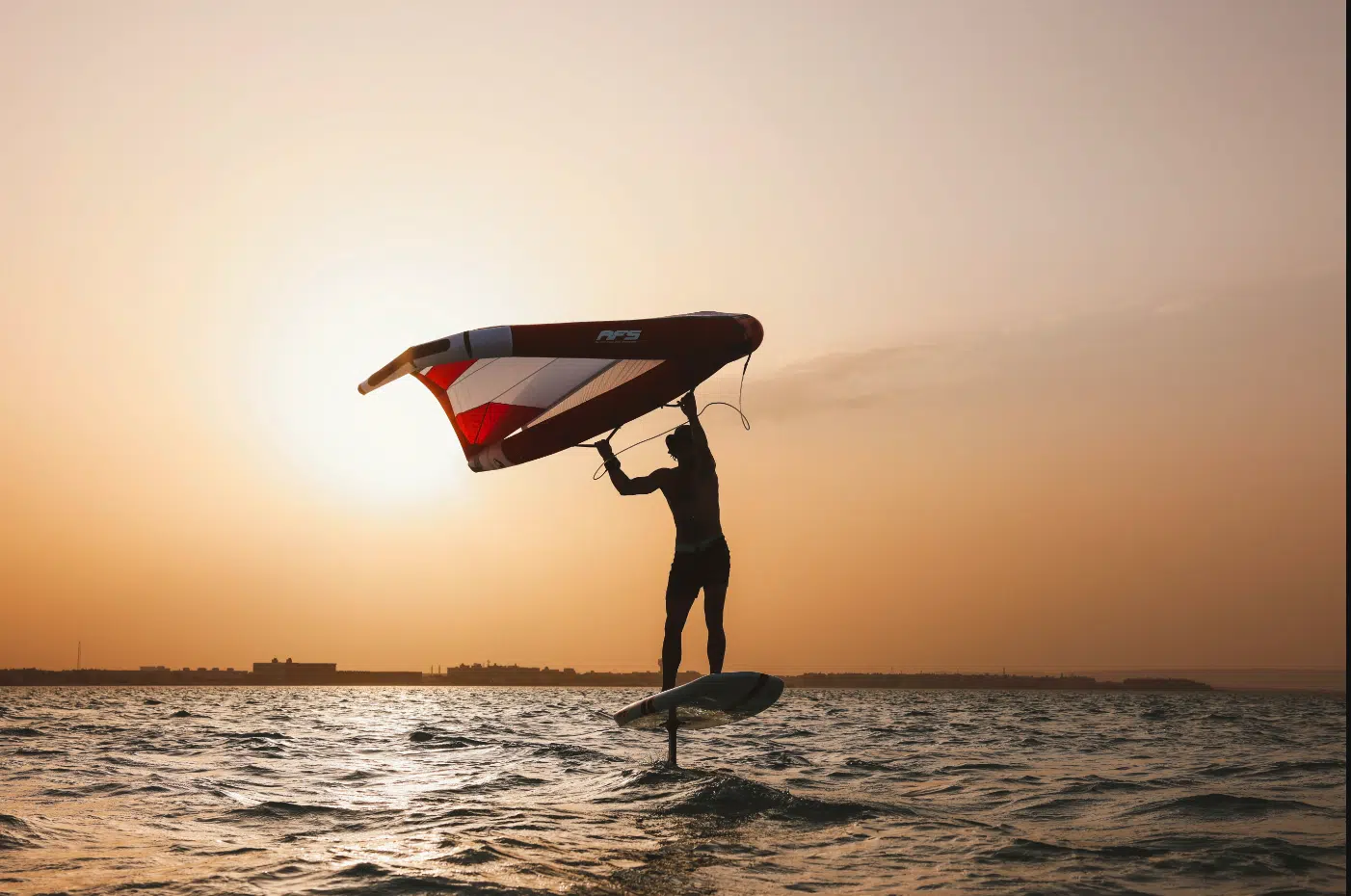
Once you’ve mastered the basics of wingfoil, you’ll need to change floats to evolve and refine your technique. As an intermediate rider, stability, control and lightness are essential to explore new facets of the discipline.
Volume: a volume slightly greater than your weight is generally recommended. It facilitates take-off and improves responsiveness. And you’ll go faster while maintaining good control, whatever your sailing speed.
Length: sailing on a shorter board gives you better control and reduces the wind load. The result is faster acceleration and smoother sailing.
Width: A narrow board is more agile for both transitions and turns. It makes support more responsive, offering more playful handling.
Stiffness: A stiff, resin board transmits sensations better and grips the surface of the water effectively before the waterstart. Ideal for riders who want to refine their technique and improve their performance.
Shape: intermediate wingfoil boards are often more compact and feature a rounded outline, which boosts maneuverability and speed compared to beginner models.
An evolutionary level rider is capable of flying and gliding for several hundred meters without great difficulty. They fall much less than when they started, and begin to learn and work on their jibes. Even if they haven’t yet fully mastered them. At this stage, it’s advisable to choose a wingfoil board with an ideal volume of around 15 to 20 liters more than his weight, depending on his level of progress. For example, for a rider weighing 75 kilos, a 90-95 liter board is normally perfectly suitable.
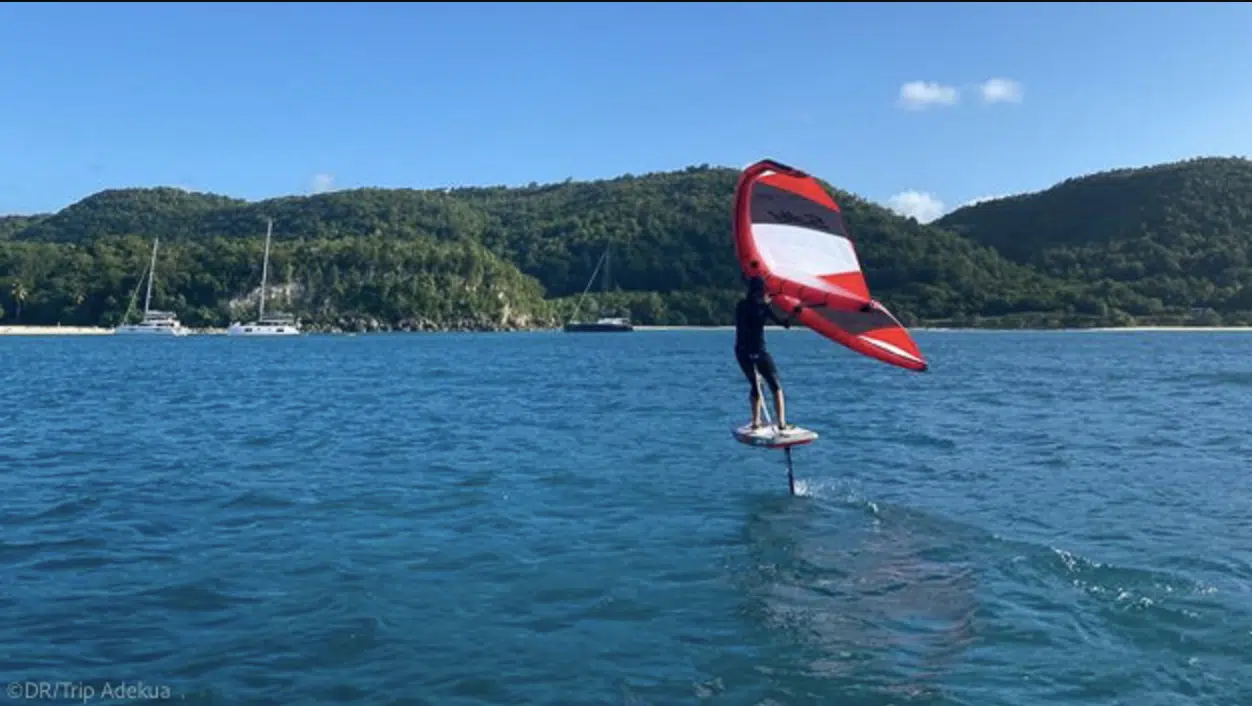
A quick guide to volume for intermediate wingfoilers
| Rider template | Float volume |
|---|---|
| Less than 60 kg | 75 -80 liters |
| 60 to 80 kg | 80 – 95 liters |
| Over 80 kg | 100 – 110 liters |
Recommended board sizes for intermediate wingfoilers
| Rider weight | Suggested board length (in feet) 1′ = 30.5 cm and 1″ = 2.5 cm | Suggested board width (in cm) |
|---|---|---|
| Less than 70 kg | 4’8 à 5’10 | 62 à 66 |
| 70 to 85 kg | 5’3 to 5’5 | 63 to 67 |
| Over 85 kg | 5’10 to 6’6 | 4 to 71 |
To progress in wingfoil, an intermediate rider will need a board offering a good compromise between stability, maneuverability, speed and fast takeoff. Rigid models are highly recommended for their performance.
Choosing the right wing is just as important as choosing the right board if you want to progress in wingfoil. As an intermediate rider, you’ll be able to ride in a variety of wind conditions, so it’s a good idea to expand your wing quiver to 2 or even 3 wings.
Surface : the surface area of your wing depends on your weight, your skill level and the strength of the wind. To make sure you don’t miss a single session on your favorite spots, a gap of around 1.5 to 2 m² between your wings is ideal if you have two: for example, 3 and 5 m² for a 75 kg rider, 2.5 and 4 m² for a 55 kg rider, or 4 and 6 m² for a 90 kg person. If you have three wings, a gap of about 1 m² between each size will be sufficient to cover a wide wind range.
Profile: the wing’s profile influences power and handling. Especially if you regularly sail in light winds or like to stay in the air as long as possible. Initially, however, opt for a more rounded leech.
Handling: you can choose between grips or a boom. Grips can be rigid with a plastic coating, or soft with a fabric coating, the latter being ideal for beginners or to avoid bumps and the appearance of horn on the hands. Rigid grips offer more precise control. As for the boom, it facilitates maneuvers by reducing errors and offers ample space to position your hands, particularly useful at the end of a jibe.
Freeride wings: versatile and easy to pilot, they are ideal for riders looking to progress in all conditions.
Freestyle and free-fly wings: very light and ultra-maneuverable, they are ideal for jumps, tricks and surfing swells and waves.
Race wings: designed for speed, they are stiffer and feature a rectangular canopy profile with a tight leech. Made from lightweight materials, they offer excellent handling.
Ultra light wind wings: specifically designed for light wind conditions (less than 15 knots), they are compact and feature a taut leech to maximize efficiency in these weather conditions.
For an intermediate rider, almost any wingfoil will do, except perhaps the race wings, which are more suited to competition or long-distance riding. Don’t hesitate to ask the advice of a professional (brand, surf shop or Youtube tuto) or an experienced rider to find the wing that perfectly matches your needs and level. And why not consider a few private lessons at a sailing school?
The foil is the element that will propel you out of the water and keep you in wingfoil flight. Its choice is therefore crucial to your progress.
Foil size: the larger the foil area, the greater the lift. For an intermediate sailor, an average front wing surface area enables sailing in a wide range of wind conditions. A front wing of 1200 – 1300 cm² is ideal. It offers both stability and sufficient lift. The heavier the rider, the larger the front wing should be.
Profile: the foil’s profile has a direct influence on its speed, handling and lift. A thicker profile offers more lift and is more stable. A thinner profile, on the other hand, is more responsive and allows you to reach higher speeds. You can also choose a high aspect front wing (flat profile), for better performance. Take-offs are a little more capricious, but flight maintenance is more pleasant. Now you can finally practice free-flying.
Aspect ratio: a high aspect ratio, together with a large wingspan, guarantees durable, stable flight. However, for the intermediate rider, a medium aspect ratio (between 7.5 and 9) is recommended. A high aspect ratio can lead to frequent stalls, and is used for downwind flying.
Stabilizer: The stab ensures the foil’s stability in flight. Its size and shape influence the foil’s maneuverability. You can stick to the same size as the one you started wingfoiling with. Around 250 cm² is ideal.
Foil mast : a short mast (70-80 cm) is perfect for beginners, as it reduces falls and simplifies learning by keeping the board closer to the water. As you move up the ladder, you may want to consider an 80 – 85 cm mast. You may find yourself riding in a more consistent swell, which will help you get through it and make fewer touches on the water’s surface. And why not opt for a carbon mast for an even better, smoother glide! Don’t hesitate to adjust the position of the mast on your board’s rails: by moving it back, your foil will gain in maneuverability and responsiveness.
Fuselage: to improve handling and ease turning, reduce the length of your fuselage. However, if speed is your priority, keep your fuselage at the same length as when you started, i.e. around 68-70 cm (i.e. long).
For an intermediate rider, opting for a freeride foil with a medium surface and balanced profile is the best option. This type of foil will give you the stability you need to make rapid progress, while maintaining good maneuverability.
Choosing the right wingfoil equipment today can seem a little complex, as the market is large and diverse. There’s no one-size-fits-all solution, but rather the perfect combination for every rider. Depending on your style, weight and goals, the gear you choose will vary. Before making any purchase (used, reconditioned or new), don’t hesitate to find out as much as you can (wingfoil schools, surf shops, tutorials, surfing events) and test several models of boards, wings and foils. This will help you discover what suits you best. And don’t forget accessories such as helmets, impact vests, leashes and a good neoprene wetsuit for the water! Safety comes first!

Click & Collect
Secure payment in 3 or 4 instalments
Advice from enthusiasts
Satisfied or your money back
2 to 3 years warranty
Worldwide delivery
Votre emplacement actuel et les langues disponibles
Your current location and available languages
Build your complete foil equipment according to your practice and objectives.
Answer a few quick questions and get a suggestion.
Compare up to three stabilizers side by side.
Coming soon...
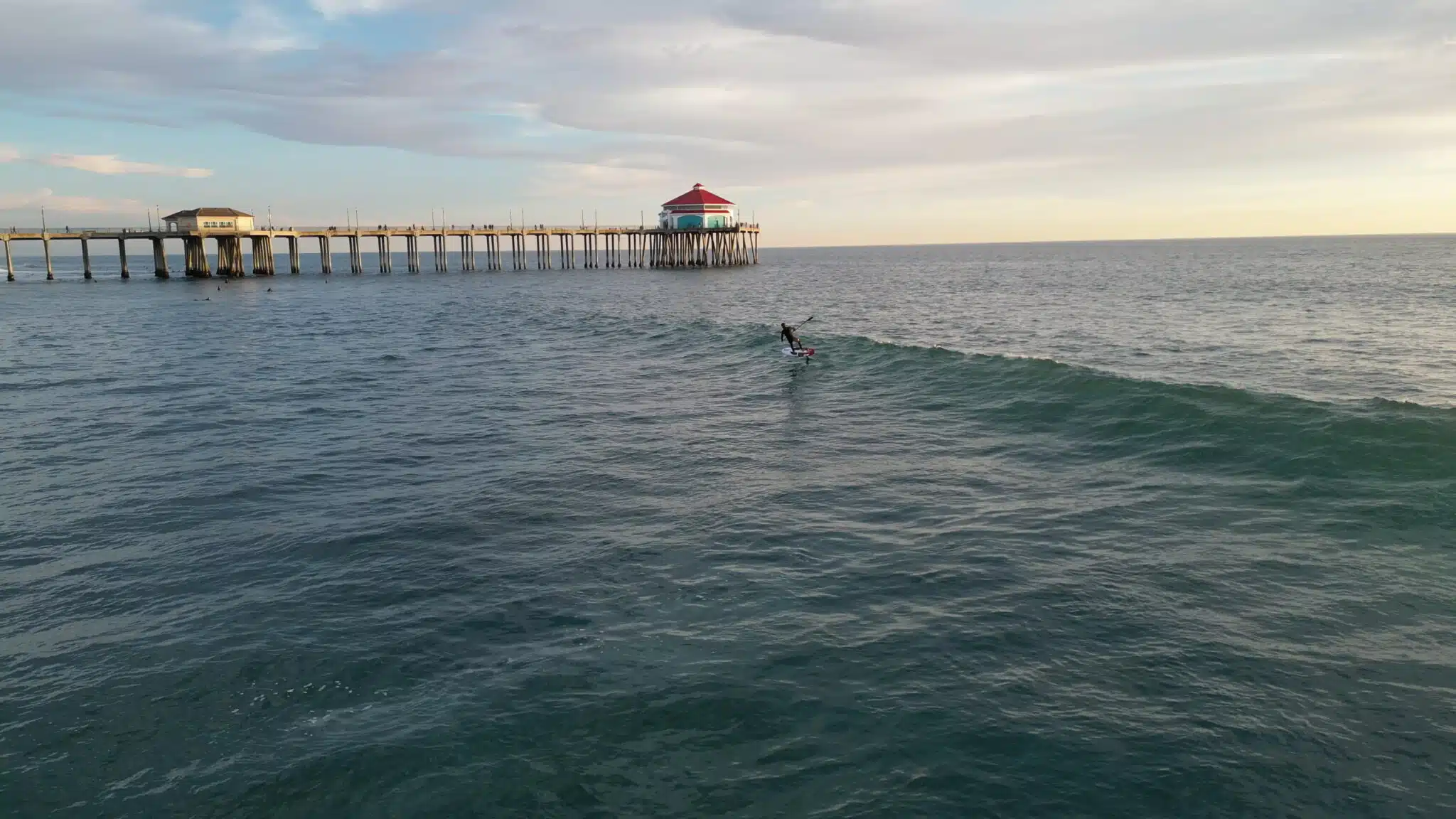
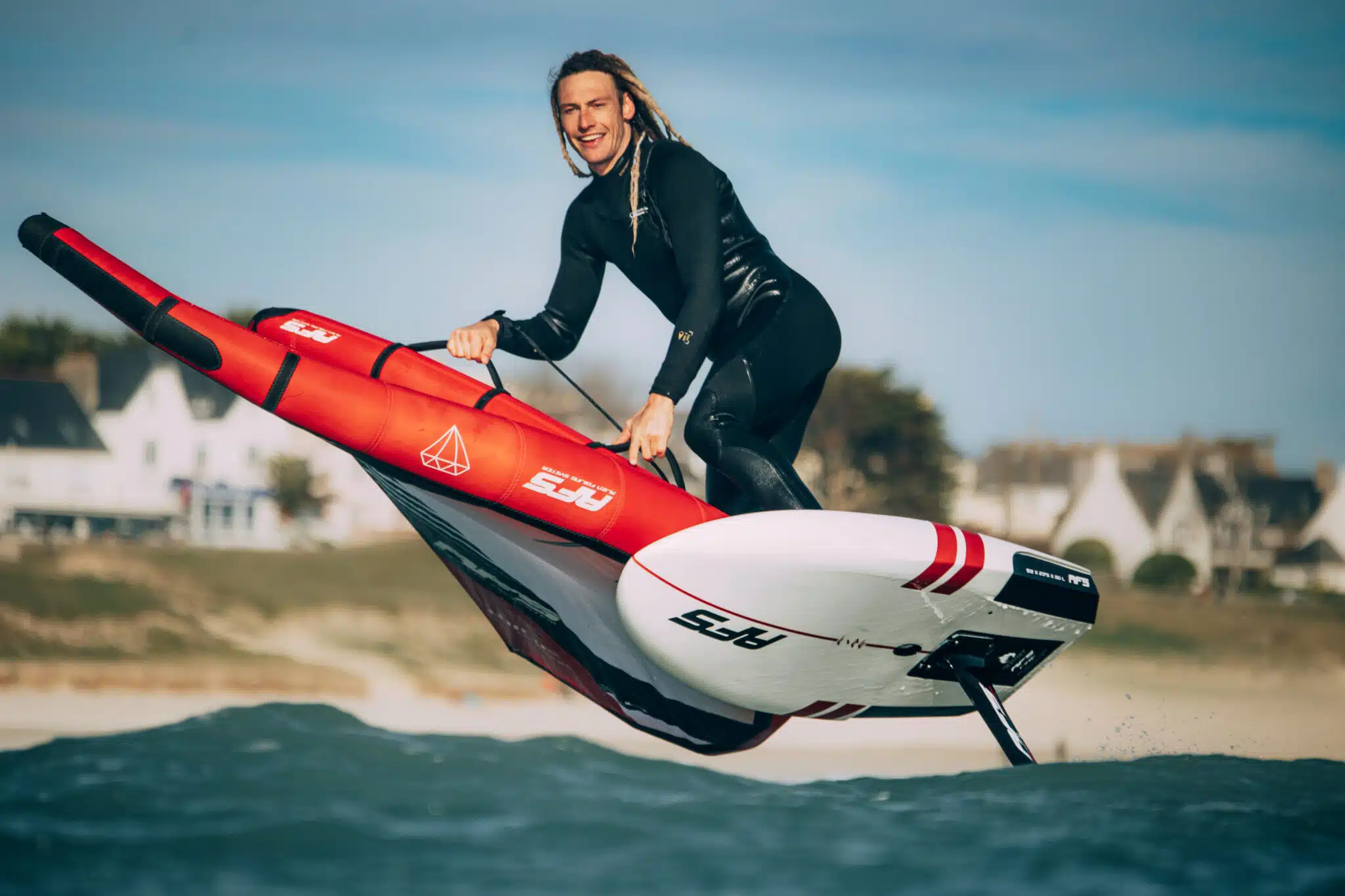

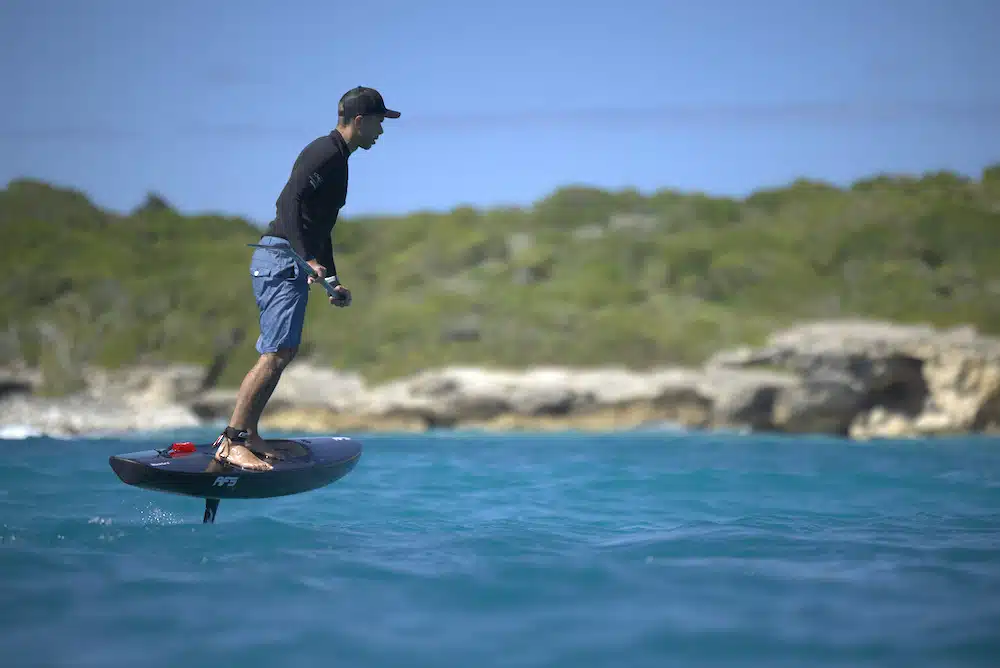
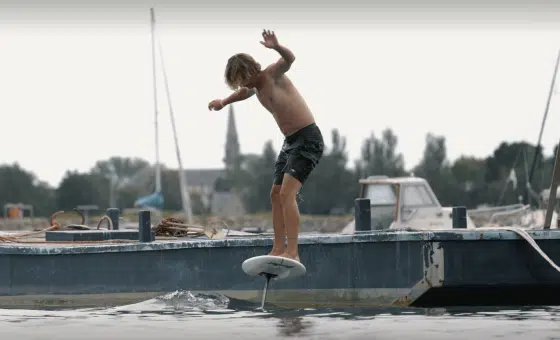
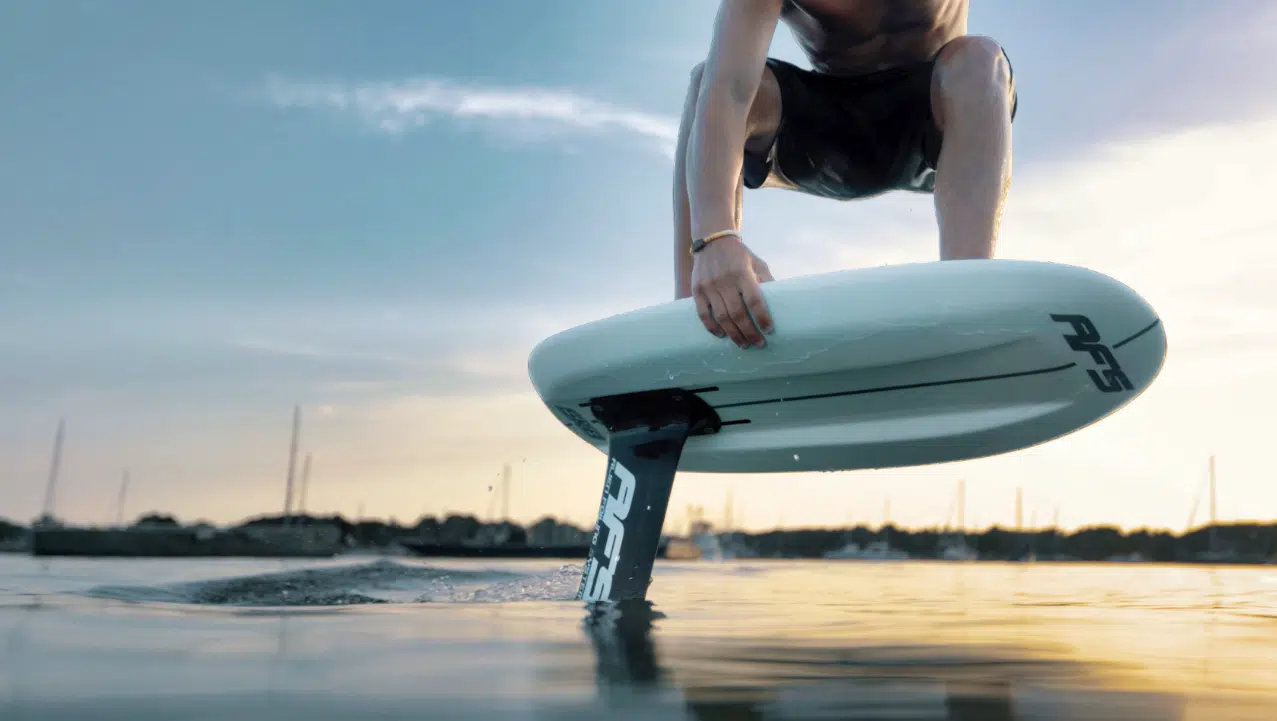
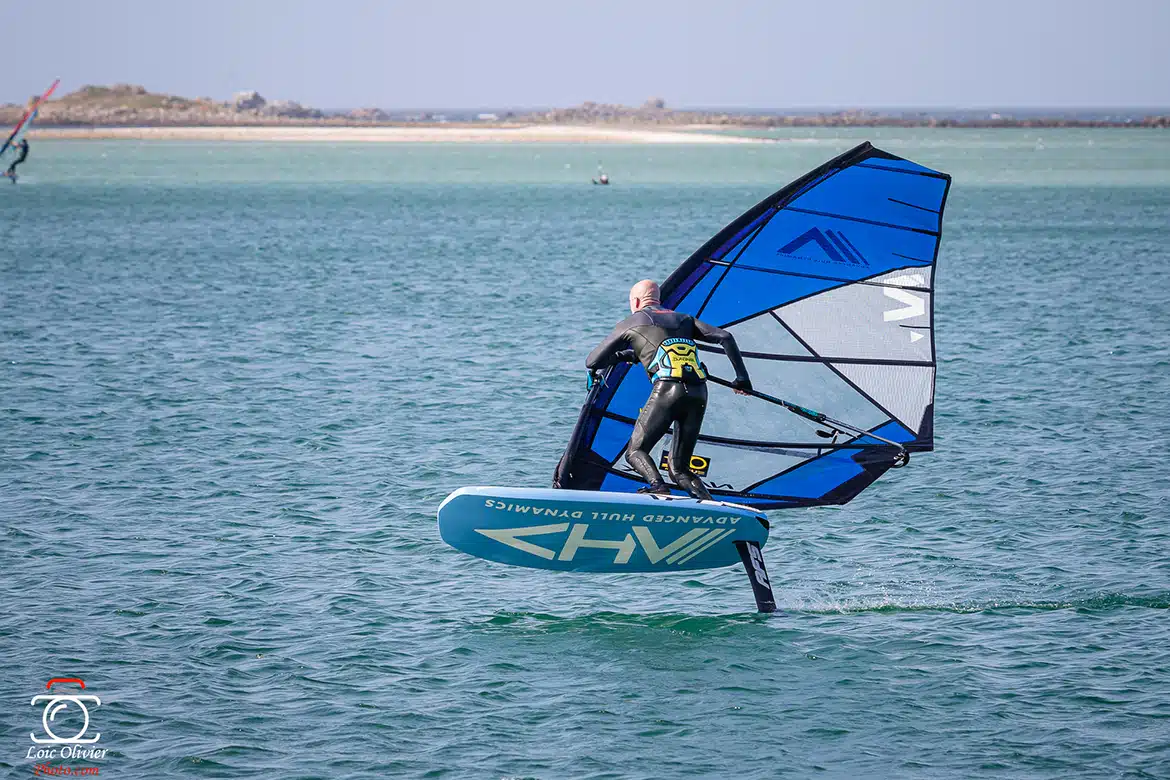
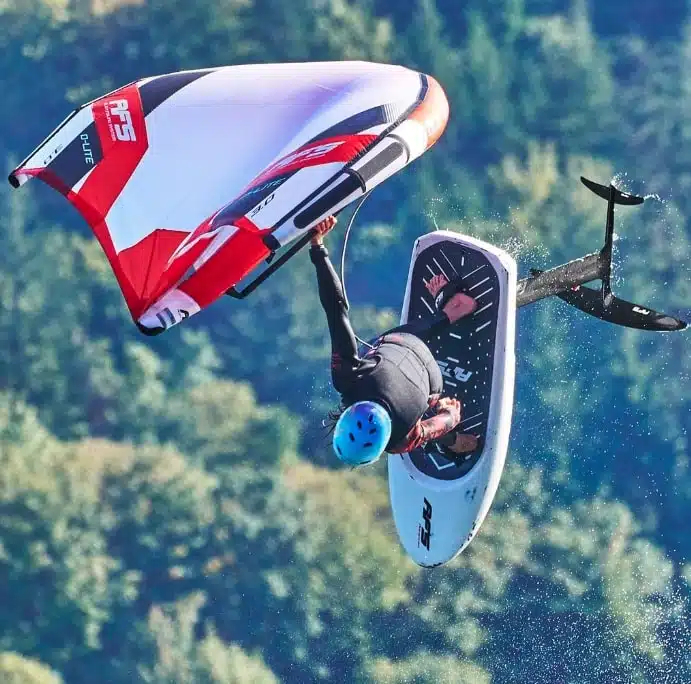
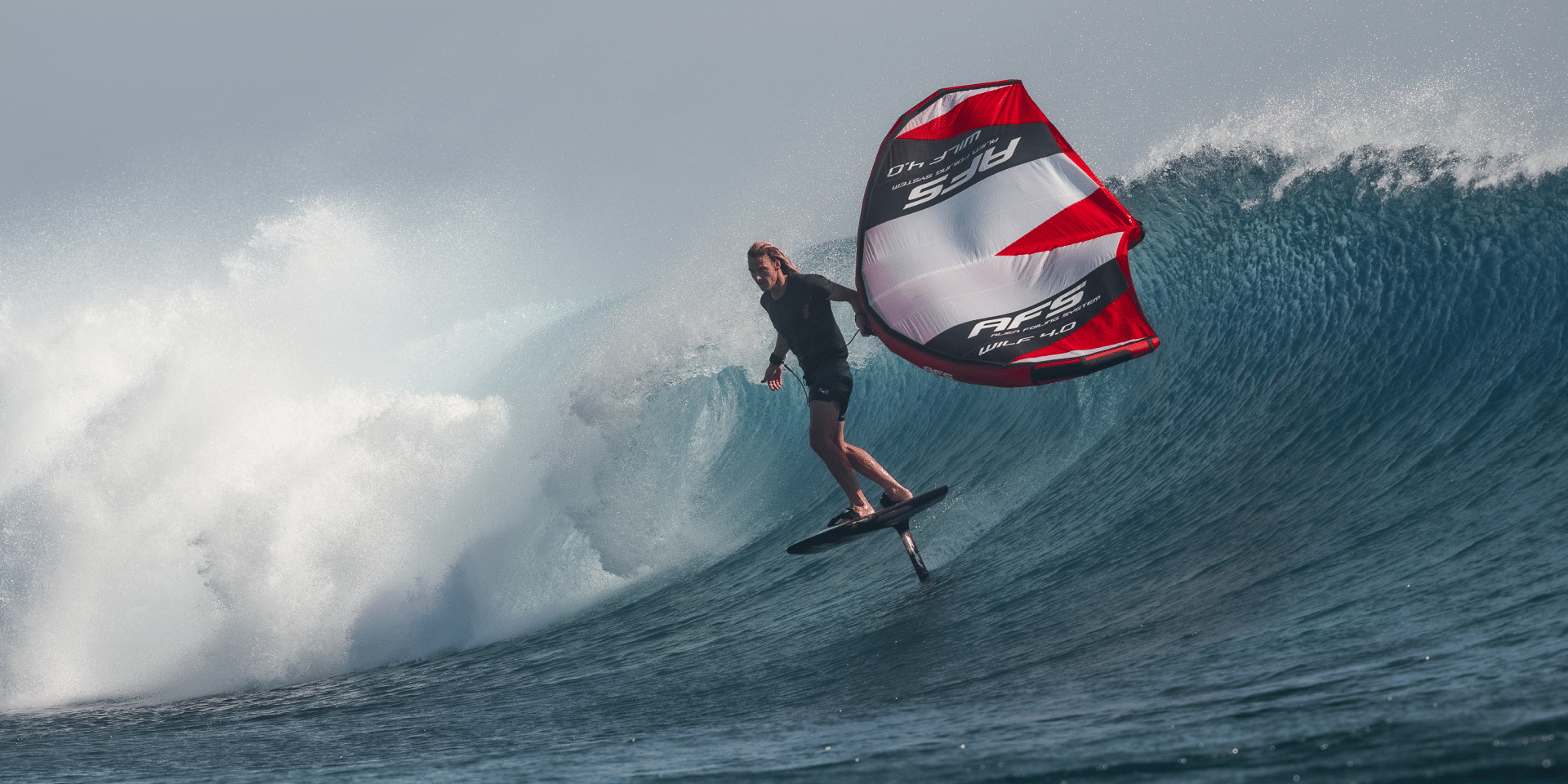
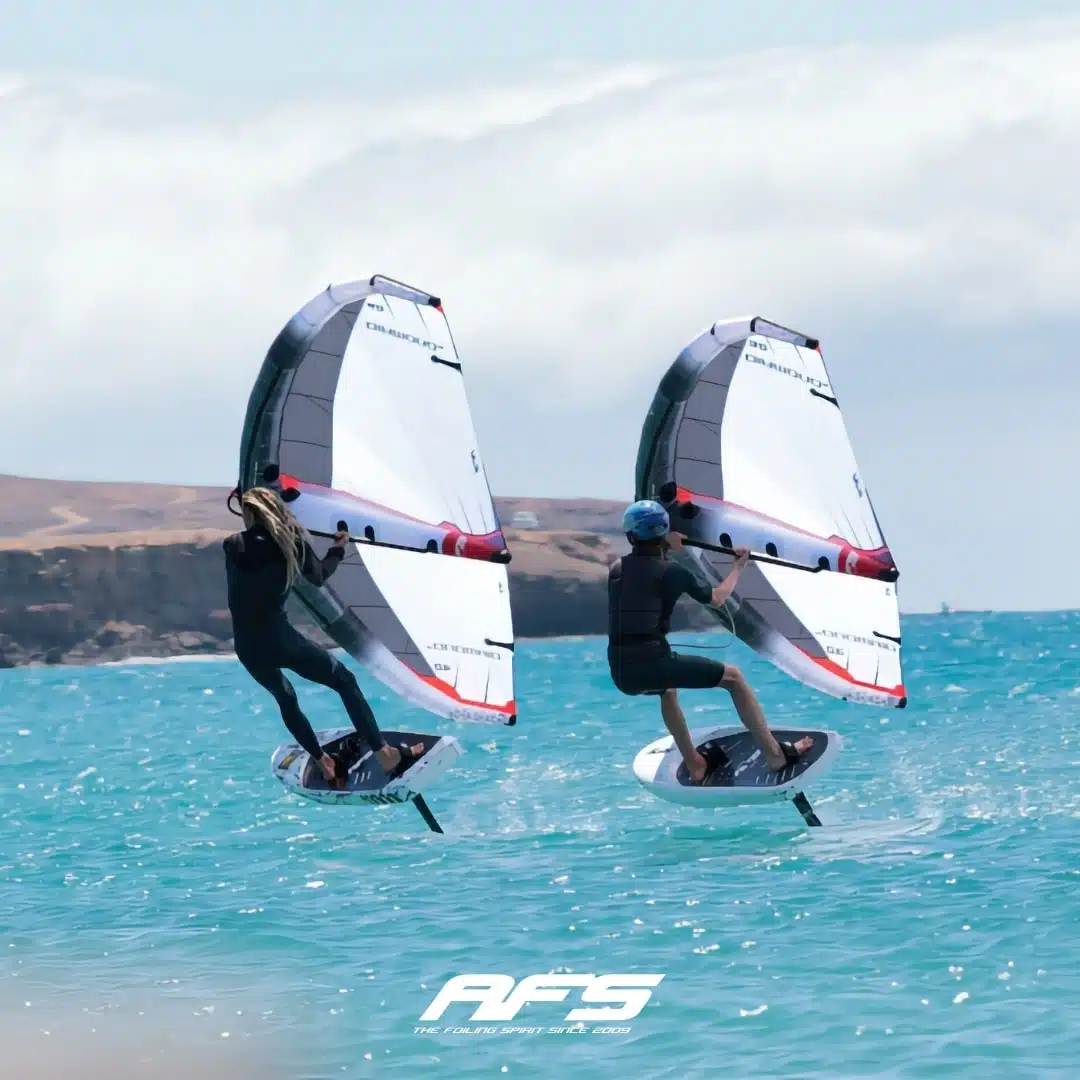
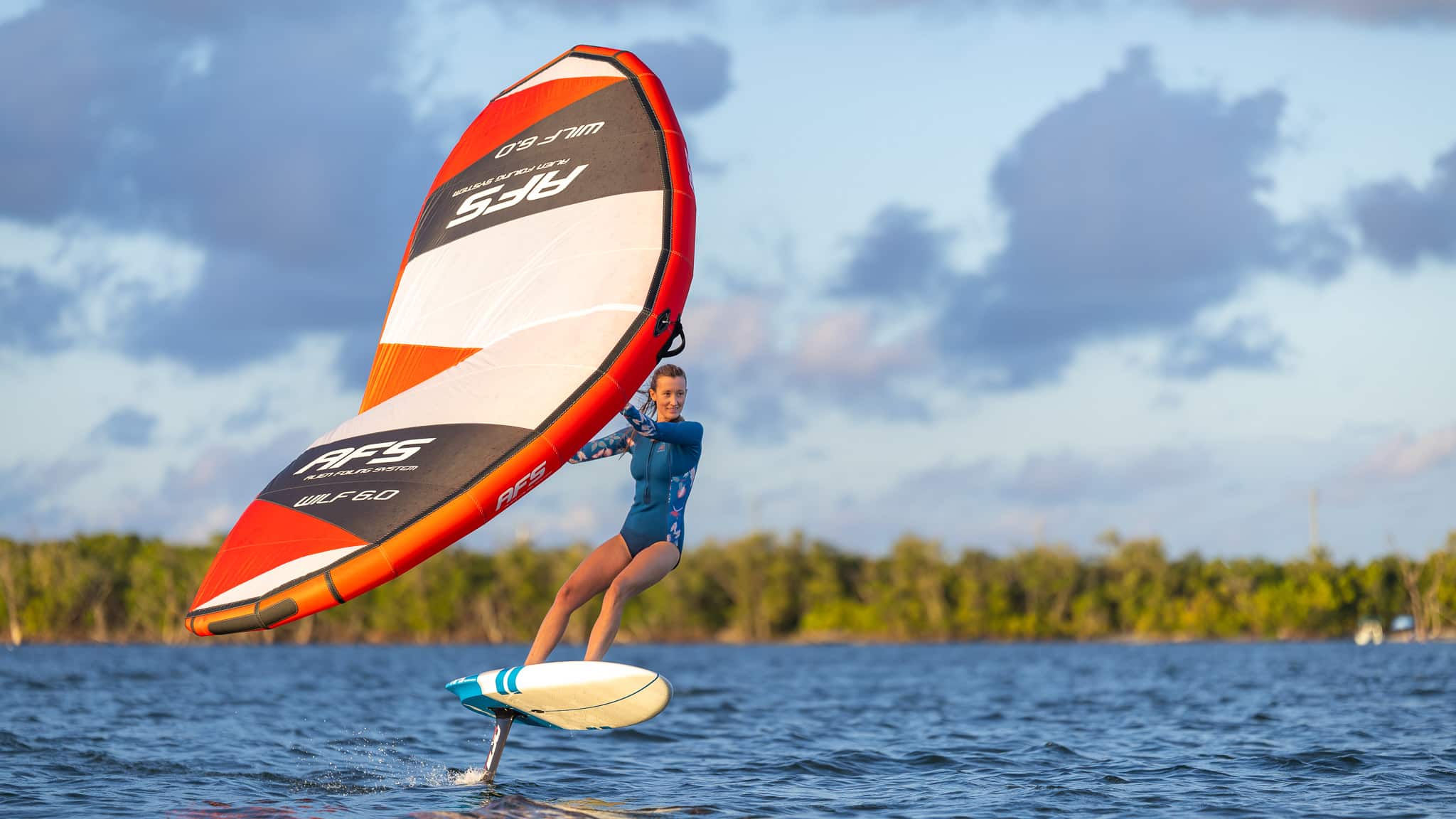

You will receive a product in excellent condition, with a few minor scratches from use.
Your product may have a few minor scratches or visual defects, but it's ready to take to the water again!
Despite deeper scratches or more pronounced visual defects, your product can take to the sea without hesitation: at this price, it's a shame to miss out!